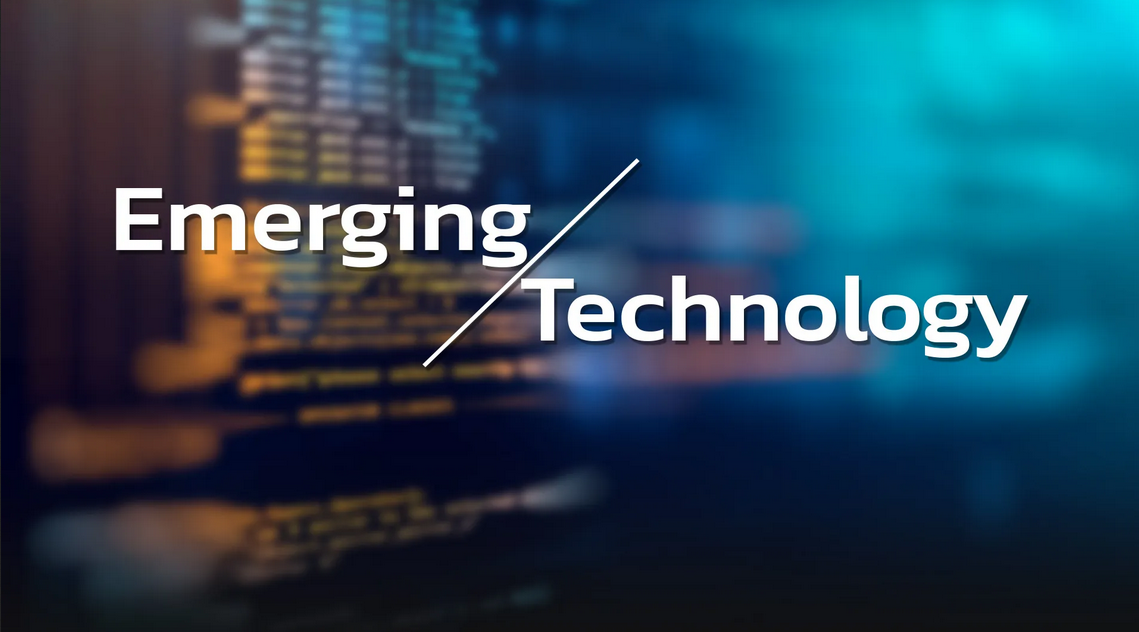1. Music technology helps improve understanding of music theory
“You can use it [Logic Pro] to teach students virtually any subject, especially the use of dynamics, in a practical way.” J Clarke BDA, Director of Music.
The plug-in and automation features of Logic Pro and most music software allow students to understand classic terms like crescendo and diminisho in an interactive platform. Automation tools also give a level of interaction during the process, since they are able to control the dynamics according to each section and instrument. Additional controls such as attack, release, sustain, and decay help students visually interact with terms like staccato, legato, and accent; all the essential tools for creating a highly expressive composition.
2. Develop performance, composition and arranging skills through an integrated approach
“You can allow them [students] access composition and arranging techniques creatively from an early age.” M Barbe, MBP Head of Music.
When composing a song using an acoustic instrument, it can be challenging to write parts of the composition, as well as arranging different sections, without understanding compositional structure and the ability to play a musical instrument. Using software solutions like GarageBand, students can replace these requirements through access to a world of instrumental loops and samples, where students can audition, cut, and paste various samples to begin building their own composition. The software allows students to use the interface as a canvas for their creations; to visually manipulate melody, harmony, rhythm, shape, and timbre.
3. Discover hidden talents within the classroom
“I think the main benefit of using music technology in a classroom is the fact that students are exposed to unlimited resources and possibilities to use as a platform for their creativity.” L Neckles SHHS, Head of Music.
You never know how good you are until you are put to the test. Music technology is a means by which students can discover skills they didn’t know they had. The use of music software, such as Soundation4Education, enables the student to think critically, make independent decisions, and make cognitive judgments in the music production process. Presenting a variety of musical opportunities provides the potential to boost a student’s self-esteem, increase motivation levels, and enable them to use their creative abilities for a career in the industry.
4. Music technology can expand the boundaries of music and enrich music lessons for students and teachers alike.
“…The opportunity to learn music is a basic human right that should be equally available to children who attend schools.” John Brockhouse, author, Getting Better All the Time: Using Music Technology for Students with Special Needs. Australian Music Education Magazine
Children from the earliest years to the musically inept, gifted, and disabled can access music through technology. Musical performance on a traditional instrument often depends solely on the skill of the user. However, with technological equipment like drum pads, synthesizers, and electro-acoustic instruments, illustrious samples and mind-blowing sounds can be played at the touch of a finger or click of a button. Assistive music technology devices, such as the Band in a Box or Soundbeam, can be used to engage students with physical disabilities in experiencing musical performance as part of a group; but they also help retain students’ interest in music education. Without the access that technology offers, higher music education may remain closed to students with physical and mental disabilities.
5. Music technology allows students to extend their learning and creativity outside of the classroom.
“The use of music technology software helps remove certain barriers to student learning. It doesn’t matter if you know how to play an instrument or not, nor does it depend on your musical ability.” S Wagstaff, SBI Director of Music
Music technology is a fairly new skill, especially for elementary school students. With Soundation4Education, students can access music production software outside of the classroom without paying the high price of music production software. Today, online music software is significantly cheaper compared to the cost of buying musical instruments and music lessons in the long run. Through Internet access, students can develop music production skills by viewing the wide variety of music producer tutorials from the comfort of their bedroom.
Conclusion
To conclude, music technology is the way to go. Music technology is a great way to teach composition, arranging, and basic music theory to an entire class. Many schools have begun to embrace the benefits of technology, as can be seen through programs like Proclassic and the level of IT capital invested in London schools (£450m in 2013 according to Gov Today). However, there needs to be greater access to CPD teacher training in music technology, so that schools understand how to use the software not as a supplement to the music curriculum, but to incorporate it as a tool that enables a increased learning and understanding. and as a tool to facilitate greater access to music theory and performance skills.





